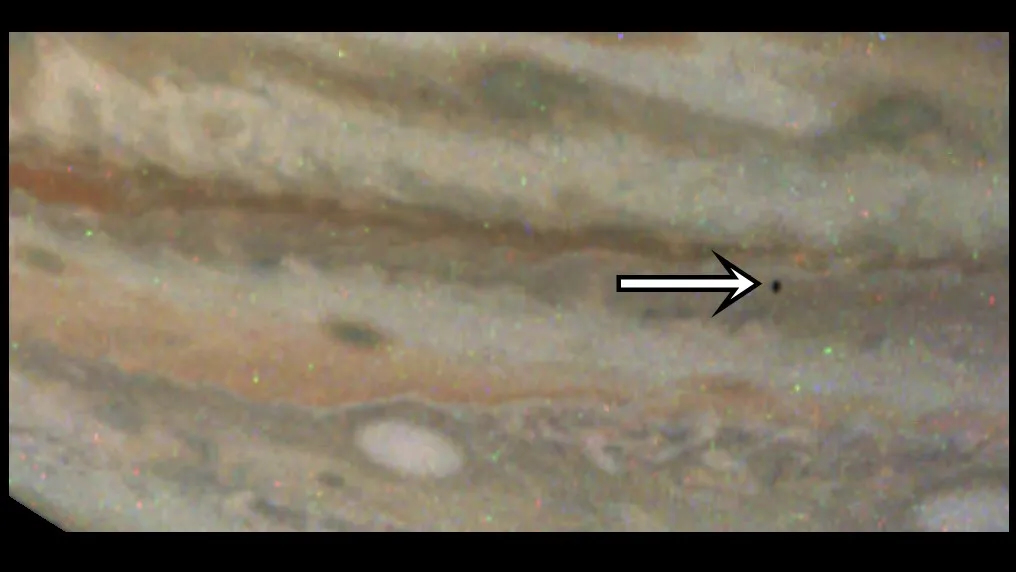Nanomaterials, Vol. 13, Pages 2087: Nanocrystal Array Engineering and Optoelectronic Applications of Organic Small-Molecule Semiconductors
Nanomaterials doi: 10.3390/nano13142087
Authors: Haoyu Gong Jinyi Lin Huibin Sun
Organic small-molecule semiconductor materials have attracted extensive attention because of their excellent properties. Due to the randomness of crystal orientation and growth location, however, the preparation of continuous and highly ordered organic small-molecule semiconductor nanocrystal arrays still face more challenges. Compared to organic macromolecules, organic small molecules exhibit better crystallinity, and therefore, they exhibit better semiconductor performance. The formation of organic small-molecule crystals relies heavily on weak interactions such as hydrogen bonds, van der Waals forces, and π–π interactions, which are very sensitive to external stimuli such as mechanical forces, high temperatures, and organic solvents. Therefore, nanocrystal array engineering is more flexible than that of the inorganic materials. In addition, nanocrystal array engineering is a key step towards practical application. To resolve this problem, many conventional nanocrystal array preparation methods have been developed, such as spin coating, etc. In this review, the typical and recent progress of nanocrystal array engineering are summarized. It is the typical and recent innovations that the array of nanocrystal array engineering can be patterned on the substrate through top-down, bottom-up, self-assembly, and crystallization methods, and it can also be patterned by constructing a series of microscopic structures. Finally, various multifunctional and emerging applications based on organic small-molecule semiconductor nanocrystal arrays are introduced.

 9 months ago
31
9 months ago
31


